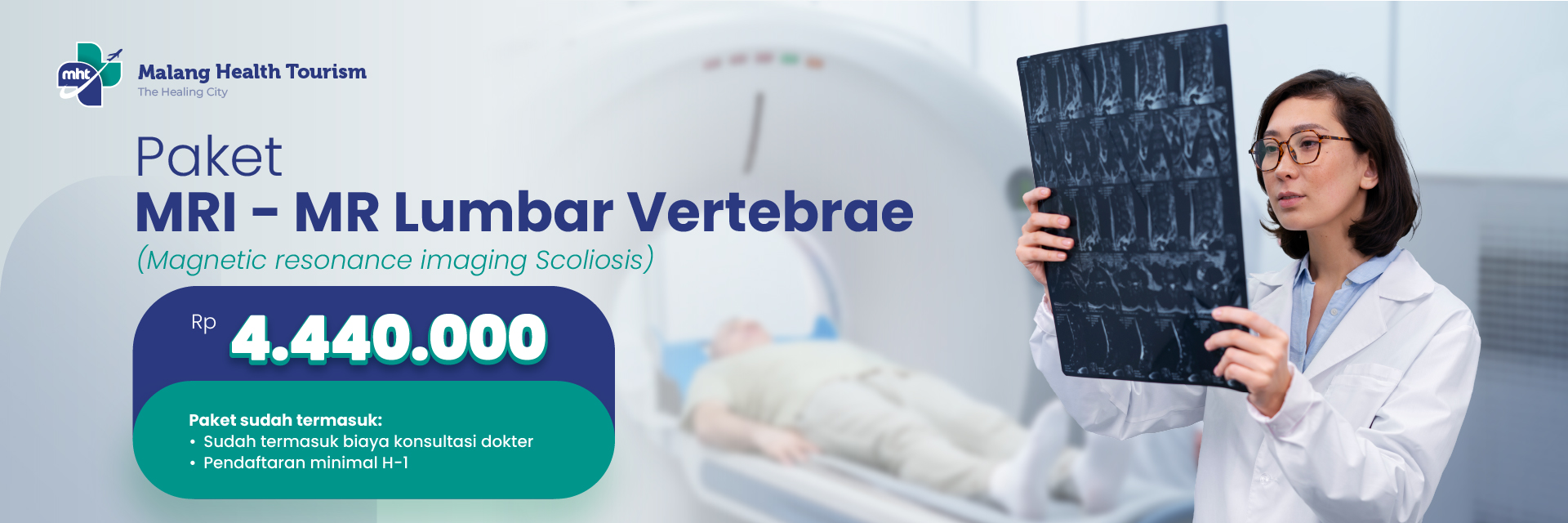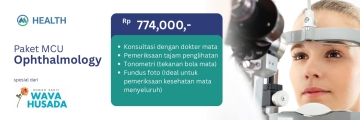Price:Rp. 4,440,000
MRI Scoliosis
MRI - MR Lumbal Vertebrae (Scoliosis)
Magnetic Resonance Imaging (MRI) is a medical imaging technique that uses strong magnetic fields and radio waves to create detailed images of the internal structures of the body. When it comes to scoliosis, a condition characterized by an abnormal sideways curvature of the spine, an MRI may be used in specific situations, but it is not the primary diagnostic tool for scoliosis. Here's how an MRI may be related to scoliosis:
-
Primary Diagnostic Tools: The primary tools for diagnosing scoliosis are X-rays. A simple X-ray of the spine allows doctors to measure the degree of curvature, identify the location and shape of the curve, and determine the underlying cause of the scoliosis. Most cases of scoliosis can be diagnosed and evaluated using X-rays.
-
MRI in Scoliosis: While X-rays provide essential information about the bony structures of the spine and the degree of curvature, an MRI may be used in specific situations to provide additional information, especially when there is a suspicion of an underlying spinal cord or nerve issue. These situations can include:
- When scoliosis is present from birth (congenital scoliosis), and there may be abnormalities in the spinal cord or nerves.
- When scoliosis develops rapidly in adults or in situations where there is no clear cause, as this may be related to spinal cord or nerve issues.
- When scoliosis is associated with other symptoms such as neurological deficits, pain, or muscle weakness, suggesting possible nerve compression or other spinal abnormalities.
-
Benefits of MRI: An MRI can provide detailed images of soft tissues, including the spinal cord and nerve roots. It can help doctors identify any potential spinal cord abnormalities, tumors, or nerve compression issues that might be contributing to the scoliosis.
It's important to note that not everyone with scoliosis will require an MRI. The use of MRI is typically reserved for cases where there are specific concerns about the spinal cord or nerve involvement. In most cases, the diagnosis and management of scoliosis are based on clinical evaluation and X-ray imaging. If there are any concerns or uncertainties about the underlying causes or potential complications of scoliosis, a healthcare provider will determine whether an MRI is necessary


.png)






